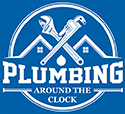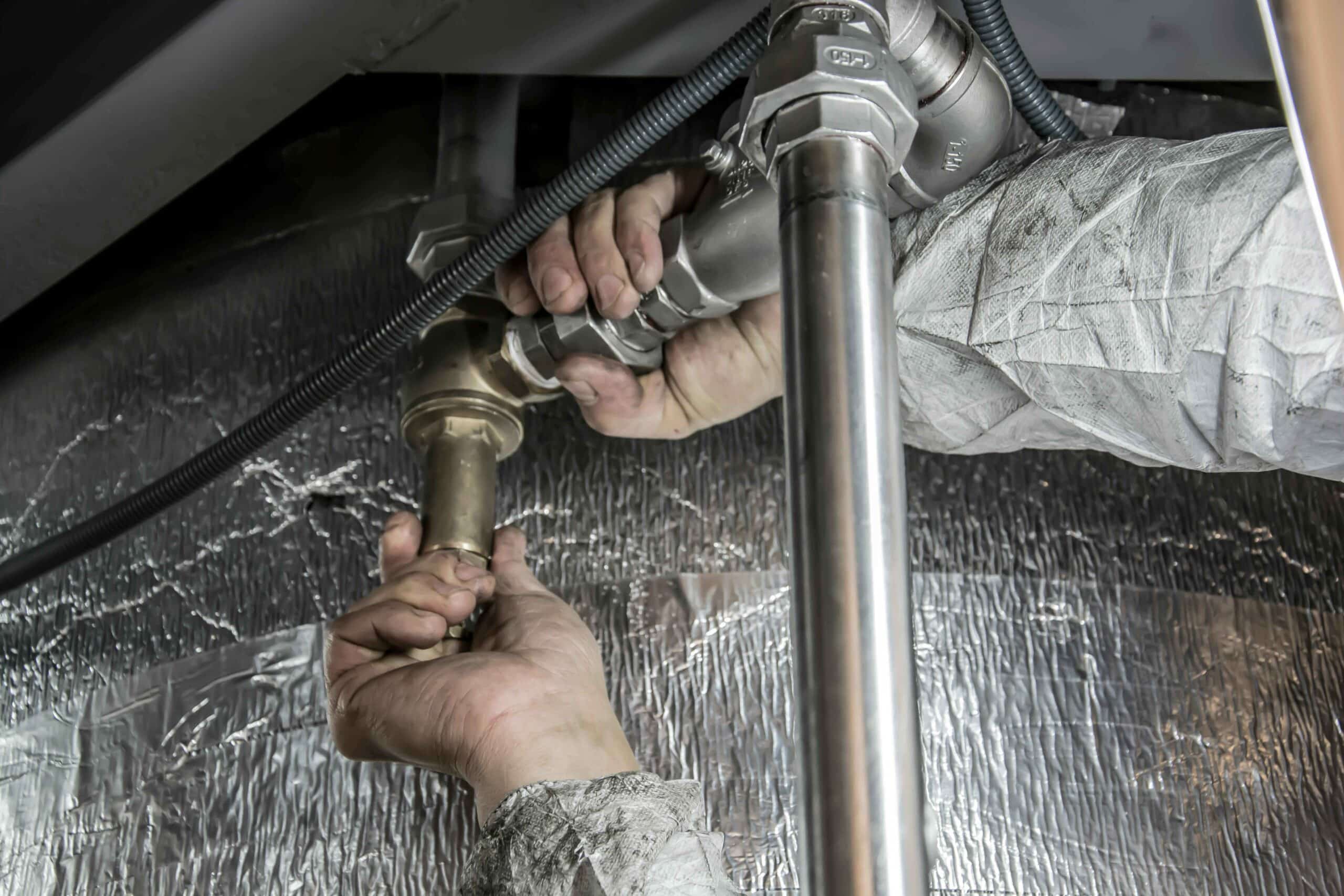
A backflow preventer is a crucial plumbing device that plays an essential role in preventing the reverse flow of water and safeguarding against contamination in plumbing systems. These devices allow water to flow in one direction while blocking it from flowing back. Varieties such as double-check valve assemblies, reduced pressure zone devices, and others serve distinct functions in maintaining water safety. A licensed plumber can install and maintain these devices to ensure they function properly. Backflow preventers significantly reduce water contamination risks, ensuring safe and clean water for consumption and legal compliance. Understanding these devices’ different types and benefits is critical to enhancing water quality standards.
Essential for maintaining the integrity of plumbing systems, backflow preventers serve as critical safeguards against contamination by preventing the reversal of water flow. These devices are vital components of plumbing systems, particularly in settings where there is a risk of cross-connections between potable water and sources of contamination. Backflow can occur due to a sudden drop in water pressure, such as during firefighting or pipe repairs, causing water to flow backward and potentially bring contaminants into the clean water supply.
To understand how backflow preventers operate within plumbing systems, it is essential to explore the intricate mechanisms that these devices use to protect against water contamination. Backflow preventers work by allowing water to flow in one direction while preventing it from flowing back in the opposite direction. This is achieved through the use of valves that open and close based on the pressure of the water within the system.
One key component of a backflow preventer is the check valve. Check valves are designed to allow water to flow in one direction only, preventing any backflow that could potentially contaminate the clean water supply. Depending on the specific type of preventer, backflow preventers also incorporate air gaps, reduced pressure zones, or atmospheric vacuum breakers.
Different types of backflow preventers are utilized in plumbing systems to safeguard against water contamination and guarantee the integrity of clean water supplies. One common type is the Double Check Valve Assembly (DCVA), which consists of two independently operating check valves. These valves make sure that water flows in only one direction, preventing backflow. The Reduced Pressure Zone Device (RPZD) is another type that includes two check valves with a pressure-reducing chamber between them. This setup effectively protects against backflow by maintaining lower pressure in the chamber than in the water supply.
Additionally, the Pressure Vacuum Breaker (PVB) is a backflow preventer that uses an air inlet valve to prevent back-siphonage. It is typically installed above the highest point in the system to allow air to enter if there is a pressure drop. Finally, the Atmospheric Vacuum Breaker (AVB) is a simple, cost-effective option that prevents back-siphonage by incorporating an air inlet valve that opens to break the vacuum and stop the backflow. Each type of backflow preventer serves a specific purpose in maintaining the safety and quality of water within plumbing systems.
Incorporating backflow preventers into plumbing systems offers essential protection against water contamination and helps maintain the integrity of clean water supplies. Backflow preventers act as a barrier to stop potentially contaminated water from flowing back into the main water supply. By preventing backflow, these devices safeguard against pollutants, chemicals, and bacteria entering the potable water system, ensuring that the water remains safe for consumption and daily use.
Another benefit of using backflow preventers is the legal compliance they provide. Many local and national plumbing codes mandate the installation of backflow preventers in specific plumbing systems to protect public health and prevent contamination incidents. By adhering to these regulations and installing backflow preventers, property owners can avoid fines and legal consequences while contributing to community-wide water safety.
Furthermore, backflow preventers help in preserving water quality by maintaining consistent water pressure throughout the plumbing system. By preventing backflow-induced pressure fluctuations, these devices aid in preventing leaks, bursts, and other potential damages to the water distribution network, ultimately promoting efficient water usage and infrastructure longevity.
Other Plumbing Tips:
| M | T | W | T | F | S | S |
|---|---|---|---|---|---|---|
| 1 | 2 | 3 | 4 | |||
| 5 | 6 | 7 | 8 | 9 | 10 | 11 |
| 12 | 13 | 14 | 15 | 16 | 17 | 18 |
| 19 | 20 | 21 | 22 | 23 | 24 | 25 |
| 26 | 27 | 28 | 29 | 30 | 31 | |

